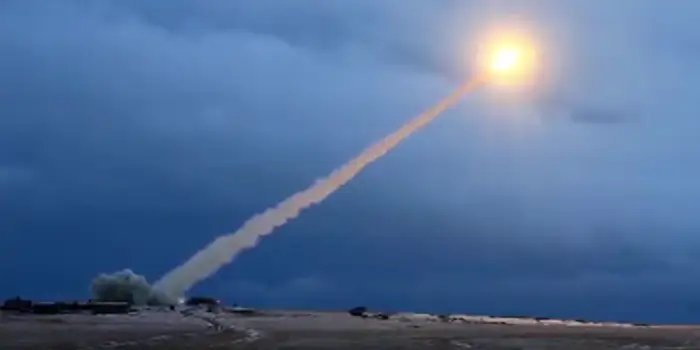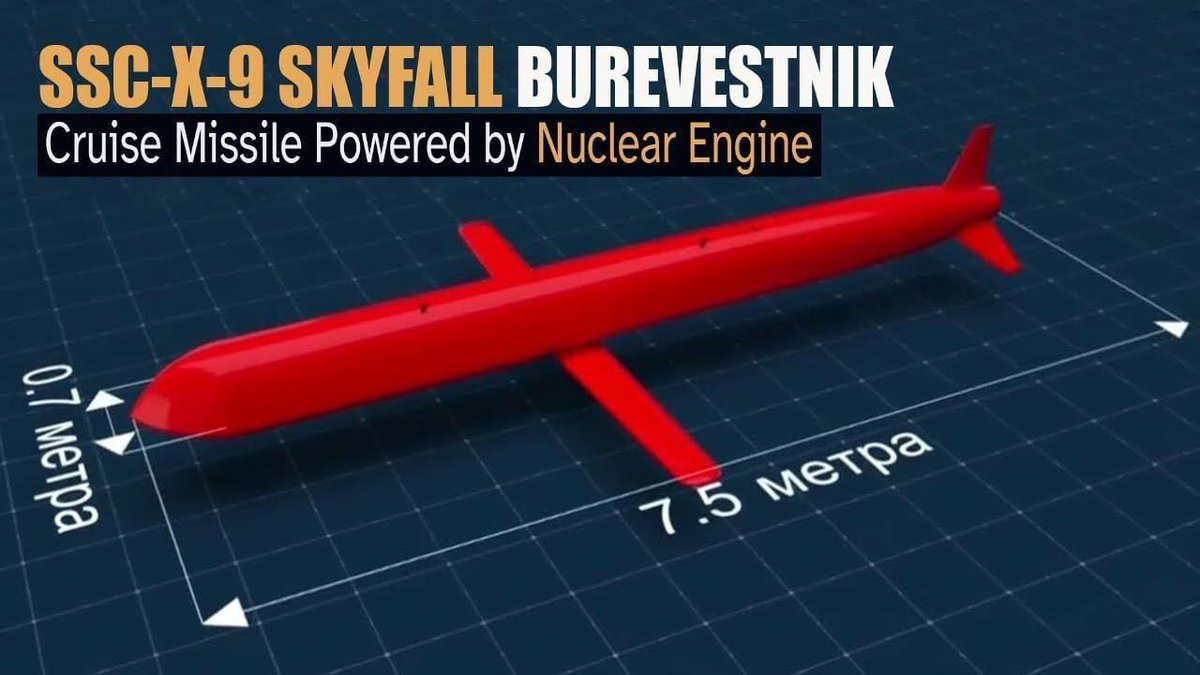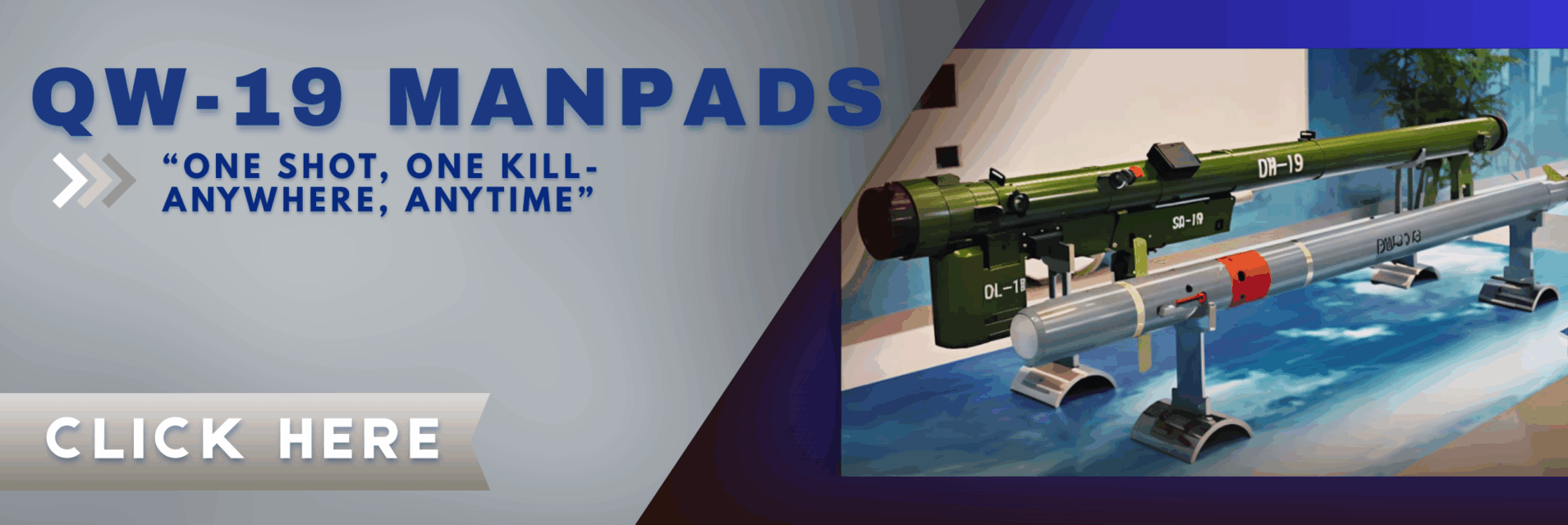“Burevestnik,” Russia’s Unlimited Range Cruise Missile
What makes the "Burevestnik" cruise missile so feared is that it is not only nuclear-armed but also equipped with a nuclear-powered engine, allowing it to target any location in the world.

(DEFENCE SECURITY ASIA) — Yesterday, President Vladimir Putin announced that Russia had successfully tested the “Burevestnik” cruise missile, which the country characterized as one of its “super weapons” under development since 2018.
International military analysts have described “Burevestnik” as an extremely dangerous weapon.
What makes the “Burevestnik” cruise missile so feared in the West?
What sets it apart is that it is not only nuclear-armed but also nuclear-powered.
Due to its nuclear-powered engine, the latest cruise missile has an unlimited range, unlike turbojet or turbofan engines that have limited ranges.

Having no range limit allows the “Burevestnik” cruise missile to strike any location in the world, even when launched from anywhere within Russia.
From any location within Russia, this nuclear-powered cruise missile can target any location in the United States.
The International Strategic Studies Institute, citing specific Russian journals in 2021, stated that the “Burevestnik” cruise missile has the capability to target locations up to 20,000 km away.
These journals also mention that the cruise missile flies at altitudes between 50 to 100 meters, much lower than other conventional cruise missiles.
With its ability to fly at extremely low altitudes, the “Burevestnik” cruise missile is difficult to detect by air defense radar systems, allowing it to easily “sneak” into a country.

In a report issued by the National Air and Space Intelligence Center of the United States Air Force in 2020, it was stated that if the “Burevestnik” cruise missile’s service is successfully commissioned by the Russian military, it would possess a unique intercontinental capability.
Developing a nuclear-powered engine is a highly challenging and risky technical endeavor.
In 2019, five Russian nuclear scientists were killed in an explosion and radiation release following a test in the White Sea.
U.S. intelligence agencies claim that the test that ended in an explosion was closely related to the development of the “Burevestnik” cruise missile.
The non-governmental organization Nuclear Threat Initiative (NTI) has stated that with its nuclear-powered engine, the “Burevestnik” cruise missile can remain in the air for days, flying at extremely low altitudes, evading air defense systems, and delivering its payload to its intended location. — DSA

DEFENCE SECURITY ASIA APPS
To advertise contact admin: haikalhamas73@gmail.com


Comments are closed.